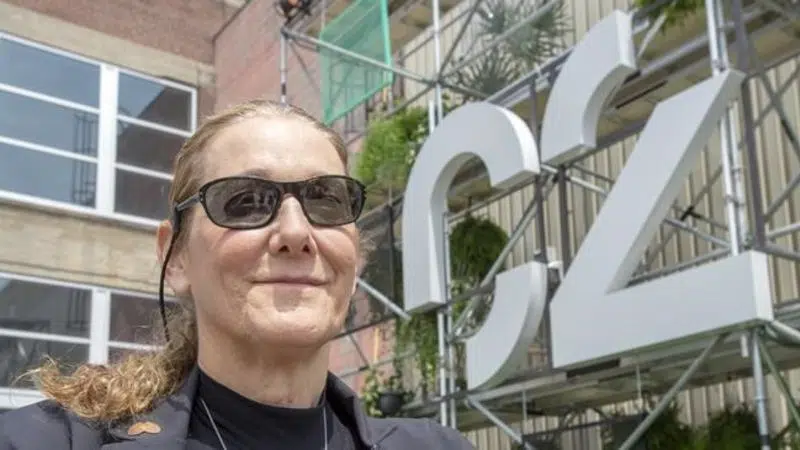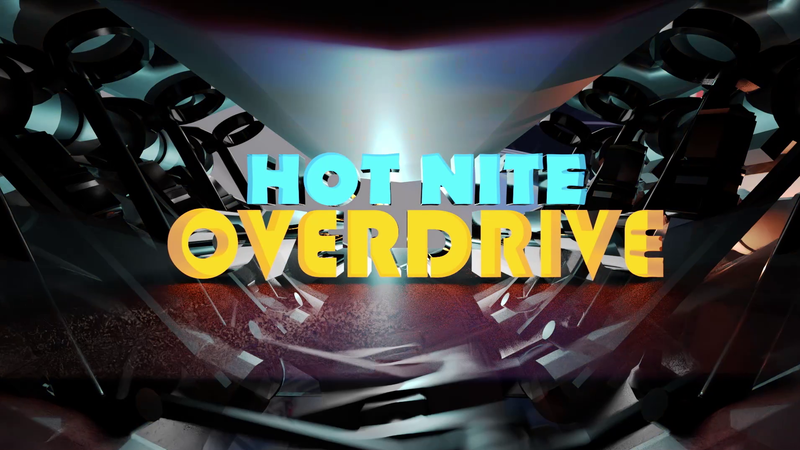
Futurist Martine Rothblatt sees a day when human and machine become one
MONTREAL — It’s reasonable to expect that in 50 years, humans will build their own identities the way computers download software, says futurist Martine Rothblatt.
By that time, she predicts, we will all carry some sort of digital implant inside our bodies. The implant will help us hack our nervous system and control disease, or allow us to speak with a digital concierge inside our brains that will read our emails and help us learn new languages.
“It and us will become one,” she said of human and machine following her appearance Wednesday at the C2 Montreal conference.


